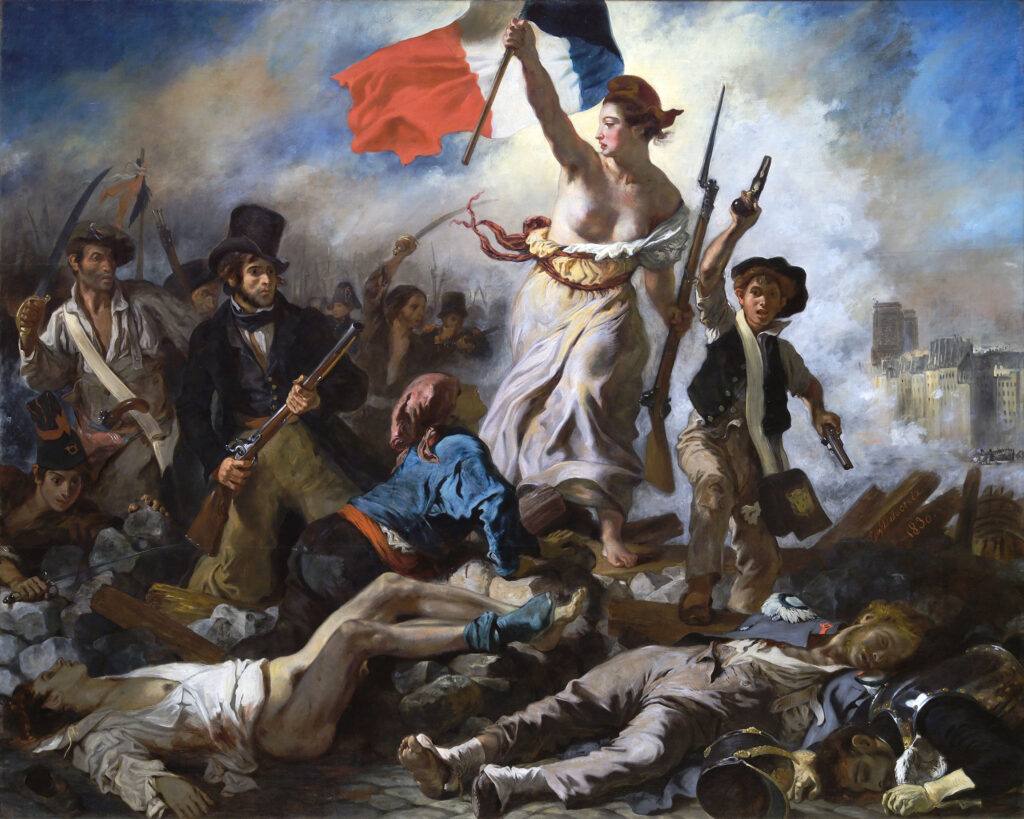In the previous essay (“Is It Good to Be a Detached Observer?”), we just encountered Geyl’s phrase, “arguments without end.” Here we cover a few simple examples.
Language and the Mind
The twentieth century philosopher, Ludwig Wittgenstein, tells us that his purpose is “to show the fly the way out of the fly-bottle.” Where the fly is, of course, ourselves. He then tells us, that perhaps the main reason is that one is unable to free oneself from bewitchment of the mind by “language games.”
In the song “Hotel California” by the Eagles, there’s the line, “‘We are all just prisoners here / Of our own device.’” In this context, “device” could be interpreted as a bad decision.
My Body and Myself
The American philosophy professor, Samuel Todes, in his book Body and World, analyzes the human body, not as a meat-machine, but more like the silent partner of a person navigating their life. You can get a sense of this from Gabriel Marcel, when he writes:
Is my body my body, for instance, in the same sense in which I would say that my dog belongs to me? The question, let us first of all notice, of how the dog originally came into my hands is quite irrelevant here. Perhaps I found it wandering wretchedly about the streets, perhaps I bought it in a shop; I can say it is mine if nobody else puts in a claim for it—though this is still quite a negative condition of ownership. For the dog to be really, not merely nominally, mine there must exist between us a more positive set of relations. He must live, either with me, or as I, and I alone, have decided he shall live—lodged, perhaps, with a servant or a farmer; whether or not I look after him personally, I must assume the responsibility for his being looked after. And this implies something reciprocal in our relations. It is only it the dog recognizes me, obeys me, expresses by his behaviour towards me some feeling which I can interpret as affection or, at the very least, as wholesome fear, that he is really mine; I would become a laughingstock if I persisted in calling an animal that completely ignored me, that took no notice of me at all, my dog. And the mockery to which I would be exposed in such an instance is very significant. It is linked to a very positive idea of how things must be between my dog and me, before I can really say, ‘This dog is mine’.
Gabriel Marcel, The Mystery of Being, Vol. 1: Reflection & Mystery, Harper Torchbooks, 1965, page 117.
Marcel goes on to explain:
We should recall, at this point, what we said in an earlier lecture about the body; the latter is not merely an instrument, it presents us with a kind of reality which is quite different from the reality of any sort of apparatus, in so far as it, my body, is also my way of being in the world.
Marcel, page 257.
Marcel elaborates:
When I try to make clear to myself the nature of my bond with my body, it appears to me chiefly as something of which I have the use (as one has the use of a piano, a saw, or a razor); but all these uses are extensions of the initial use, which is simply the use of the body. I have real priority to my body when it is a question of active use, but none whatever when it is a question of knowledge. The use is only possible on the basis of a certain felt community. But the community is indivisible; I cannot validly say ‘I and my body.’ The difficulty arises from the fact that I think of my relation with my body on the analogy of my relation with my instruments—whereas in fact the latter presupposes the former.
Gabriel Marcel, Being and Having: An Existentialist Diary, Harper Torchbooks, 1965, page 14.
The connections between the trio of “me, myself and I” and the body is very elusive (as you may sense from your own introspection). This is another “argument without end.”
Psychology and National Moods
The great historian, George Rudé, in his book, Revolutionary Europe, 1783-1815, tries to give a believable and multifactorial explanation of the French Revolution. Based on Ernest Labrousse’s studies of the French economy during that period, Rudé gives a thoughtful and subtle analysis of how wages, prices and other factors correlated to unrest. Interestingly, he concludes on a note of French national mood:
But, of course, it needed more than economic hardship, social discontent, and the frustration of political and social ambitions to make a revolution. To give cohesion to the discontents and aspirations of widely varying social classes there had to be some unifying body of ideas, a common vocabulary, of hope and protest, something, in short, like a common “revolutionary psychology”. In the revolutions of our day, this ideological preparation has been the concern of political parties; but there were no such parties in eighteenth-century France.
George Rudé, Revolutionary Europe, 1783-1815, Wiley, 1964, page 74.
Rudé uses the phrase, “revolutionary psychology.” Apply this to our time and ask yourself, did a demagogue like Donald Trump create a revolutionary psychology, or did it cough up Trump? Notice that in the recent political tract, What’s the Matter with Kansas?, Thomas Frank makes the point that people’s sense of grievance involves not only economics, but also other psychological factors, just as Rudé does with the French Revolution.
